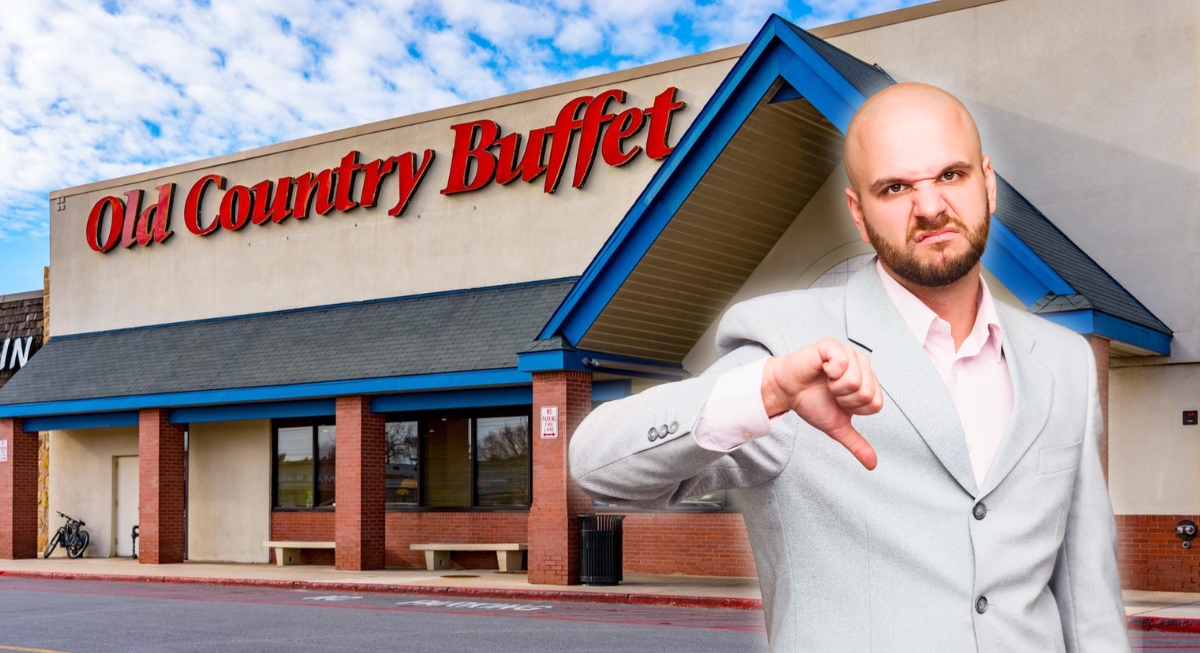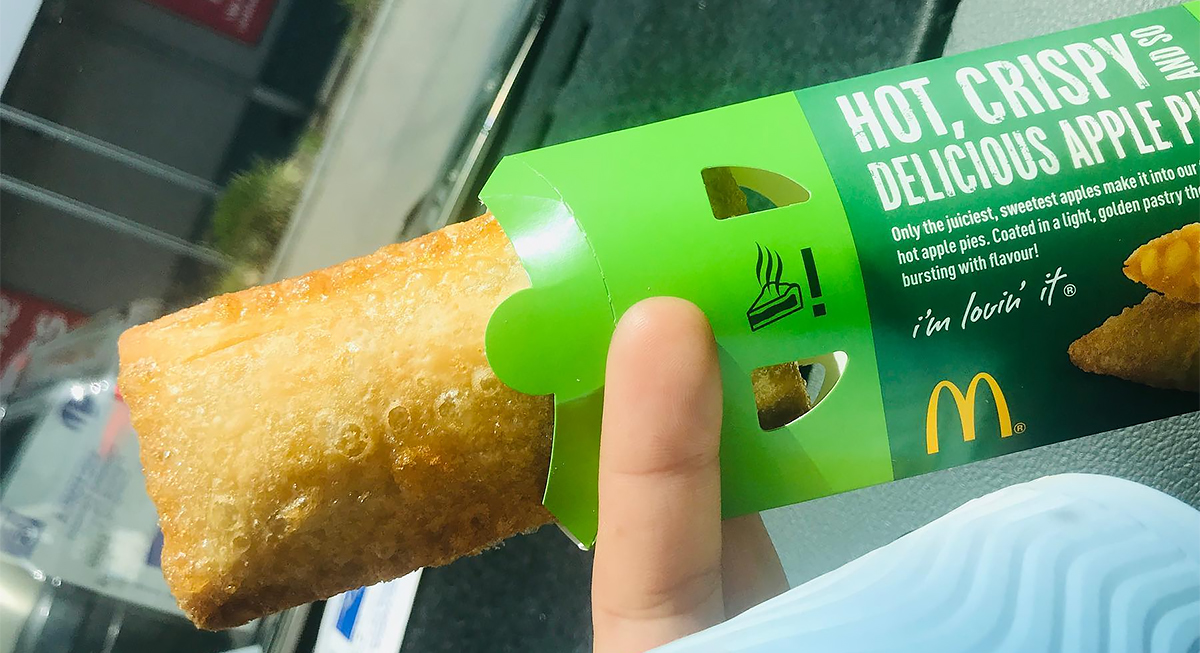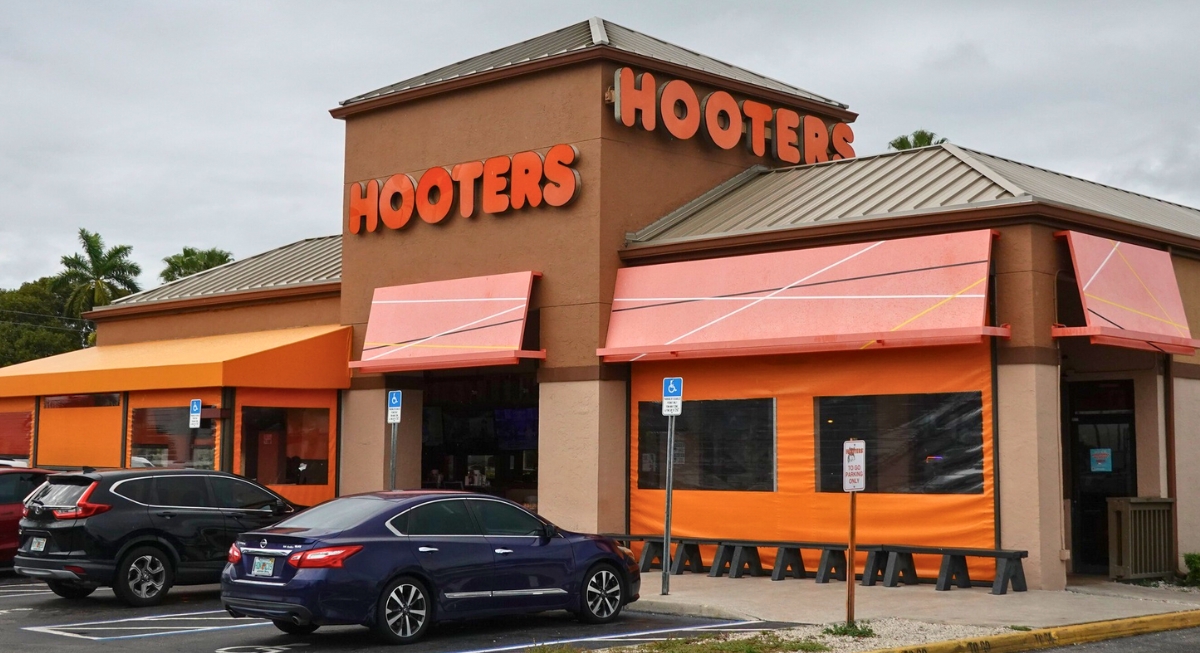Baby Boomers grew up in a supermarket era filled with bold packaging, experimental flavors, and products that vanished without much fuss. Here's a trip through the grocery staples Boomers remember—many of which Gen Z has never heard of.
Tang
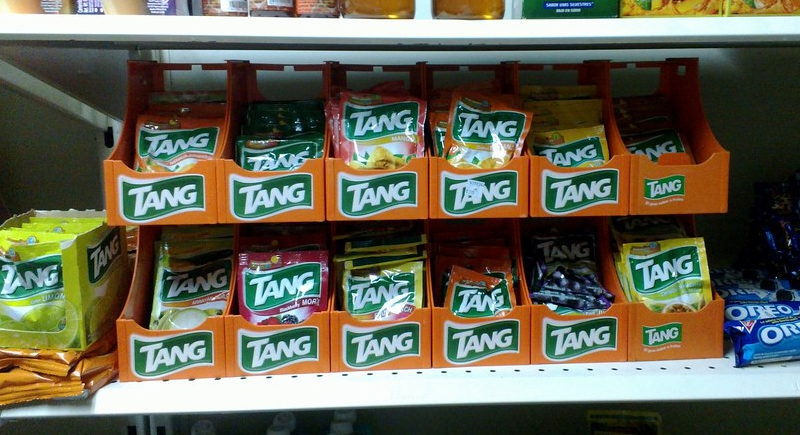
Credit: flickr
Nothing screams "modern household" like scooping neon-orange powder into a pitcher and calling it juice. Tang's claim to fame was rooted in space travel. When NASA astronauts took it into orbit in the '60s, Tang became a pantry essential.
Post Sugar Rice Krinkles
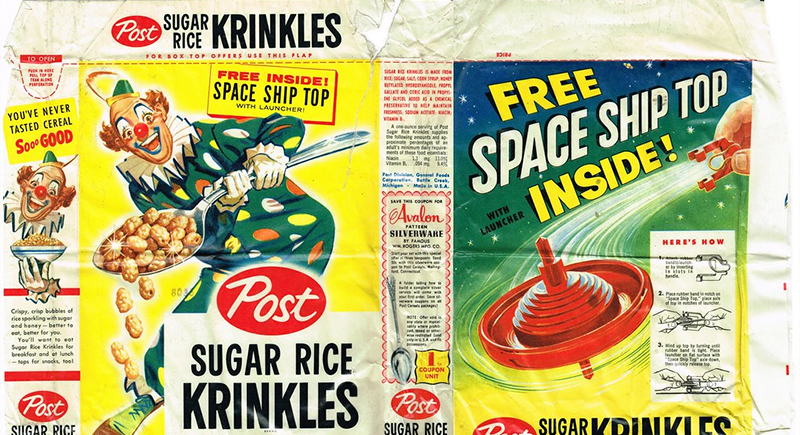
Credit: flickr
Post-Sugar Rice Krinkles were puffed rice coated in a sparkling sugar glaze. They were dessert dressed as breakfast, often inhaled while watching Saturday morning cartoons. The mascot, Captain Jolly, encouraged kids to crunch away with zero nutritional guilt, something parents questioned.
Blue Chip Stamps
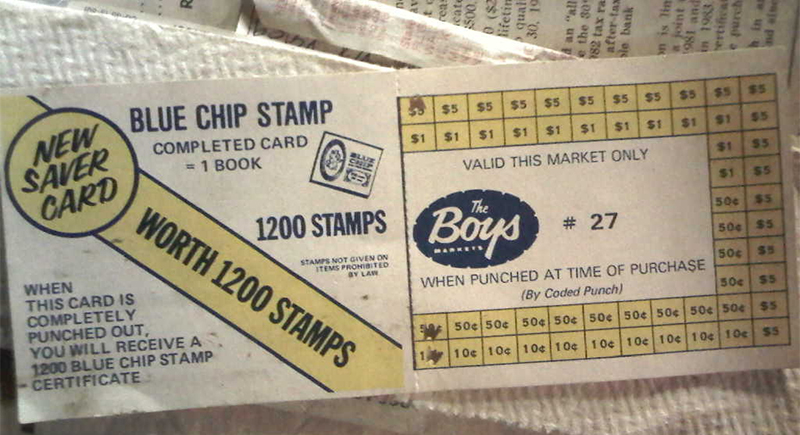
Credit: flickr
Before loyalty apps existed, there were stamps—specifically Blue Chip Stamps. Shoppers collected them at checkout, stuck them painstakingly into booklets, and redeemed them for goods from catalog showrooms. It made grocery shopping feel strategic, like you were investing in your next toaster.
Marathon Bar

Credit: Youtube
At eight inches long, the Marathon Bar was proudly oversized and even came with a ruler printed on the wrapper. It didn’t last long—discontinued in the early '80s—but Boomers remember it as the original “go big or go home” candy.
Wonder Bread
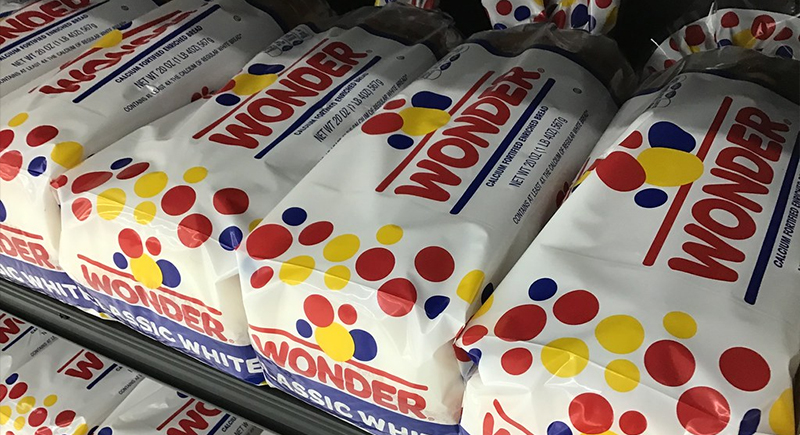
Credit: flickr
Soft, uniform, and snowy white, Wonder Bread symbolized mid-century food innovation. It didn't flake or crumble and seemed scientifically engineered to pair with peanut butter. The predictability was its most comforting quality.
Lunch Counters at Grocery Stores
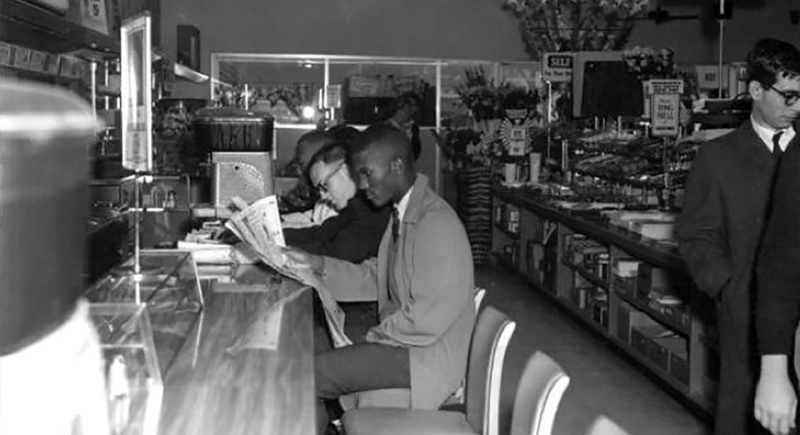
Credit: flickr
Lunch counters at grocery stores offered a grilled cheese and a conversation. You could eat a sandwich, chat with the clerk, and pick up milk on the way out. Their quiet disappearance marked the rise of impersonal retail.
Good Humor Bars
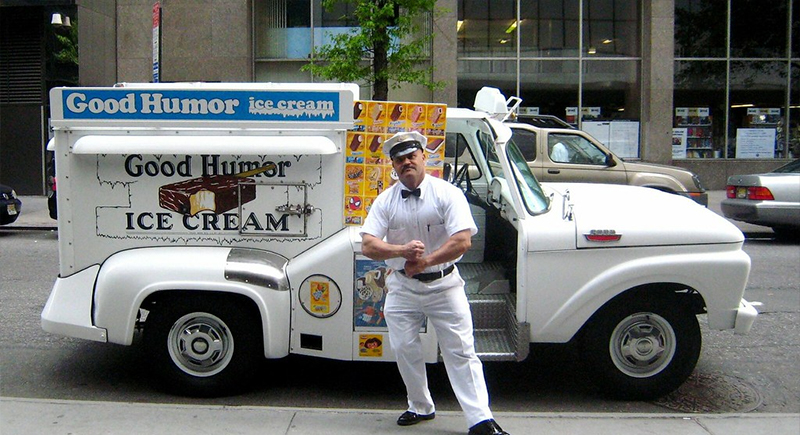
Credit: flickr
The chime of the Good Humor truck signaled summer in motion. Kids raced toward it like it was the ice cream Olympics. The uniformed driver was treated like a local celebrity.
Peter Pan Peanut Butter
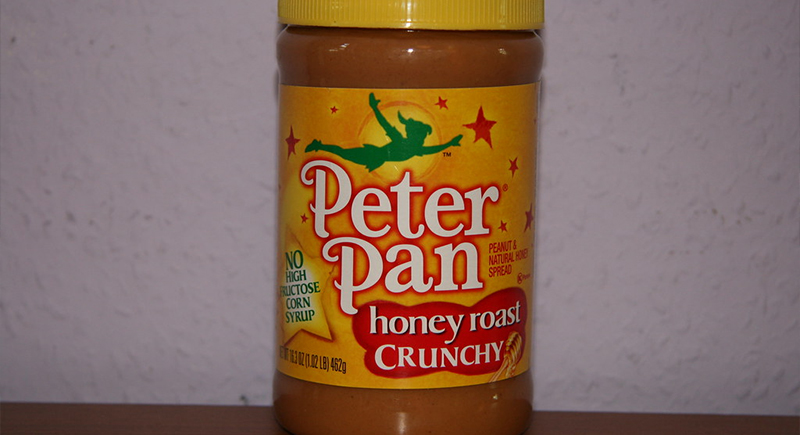
Credit: flickr
Peter Pan Peanut Butter gave families a shelf-stable sandwich solution that didn’t separate like natural spreads. The product stayed relevant not by changing but by stubbornly staying the same.
TV Dinners in Foil Trays
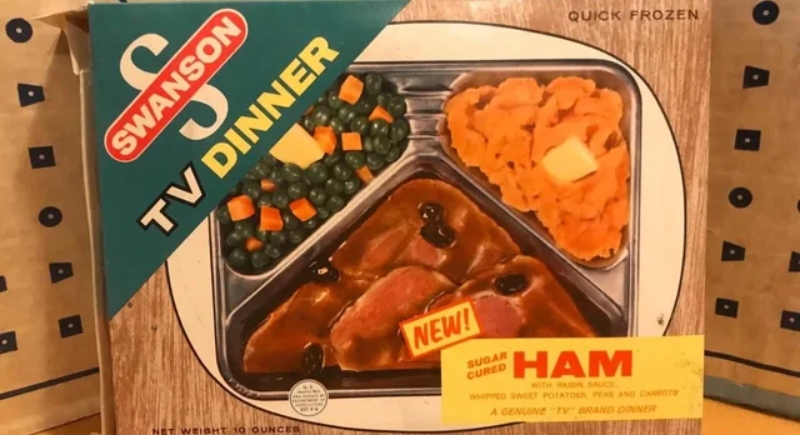
Credit: Reddit
The original frozen dinners didn’t try to hide the fact that they came from a box. TV Dinners arrived in foil trays with compartments that kept peas from the brownie. They were meant to be eaten on folding trays in front of the television and promised convenience and lukewarm Salisbury steak.
Burry’s Fudgetown Cookies
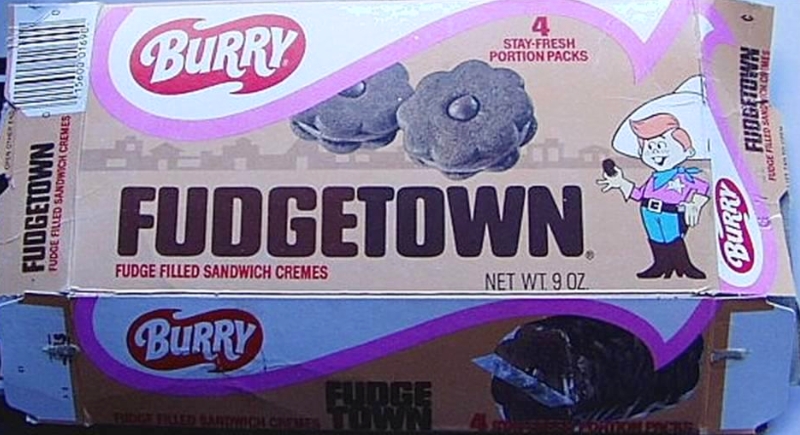
Credit: Facebook
Stuffed with fudge and ringed with scalloped edges, Burry’s Fudgetown Cookies offered a rich middle ground between sandwich cookie and novelty dessert. You couldn’t find them everywhere, which made them feel like a reward when you did. They eventually faded out in the '80s.
Space Food Sticks
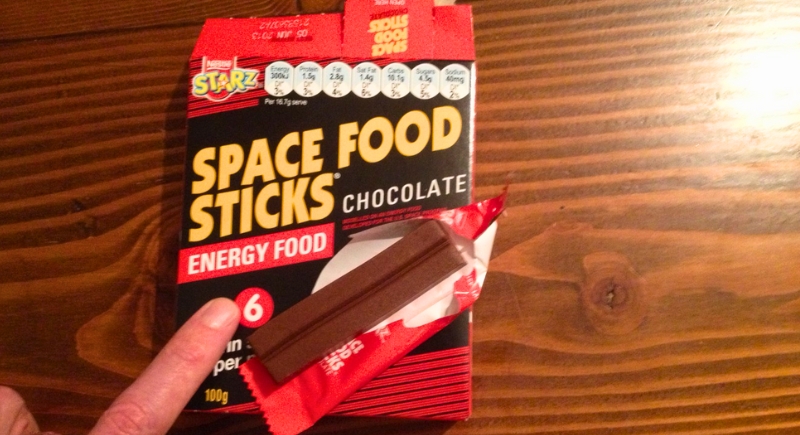
Credit: X
These chewy rods were marketed as astronaut snacks, an extension of the space-age obsession that defined the '60s. They had the texture of a protein bar and were flavored with peanut butter and chocolate.
Jello 1-2-3
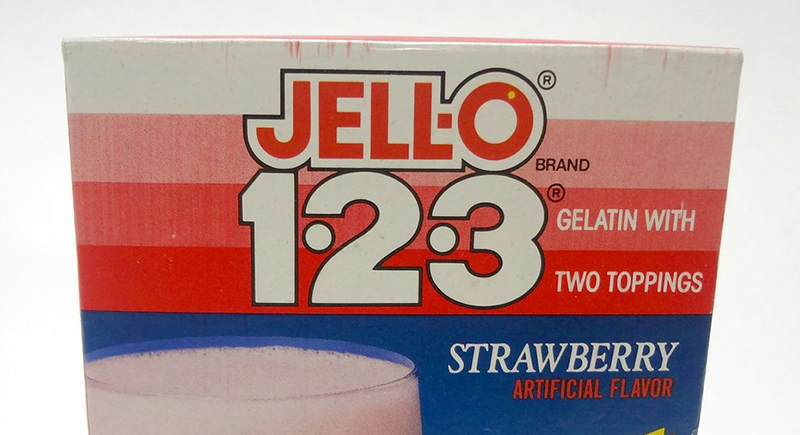
Credit: flickr
Jello 1-2-3 was more of a science experiment than a dessert. One packet produced three layers: a gelatin base, a mousse-like middle, and a frothy top. For a while, it seemed like culinary alchemy.
Hi-C in Metal Cans
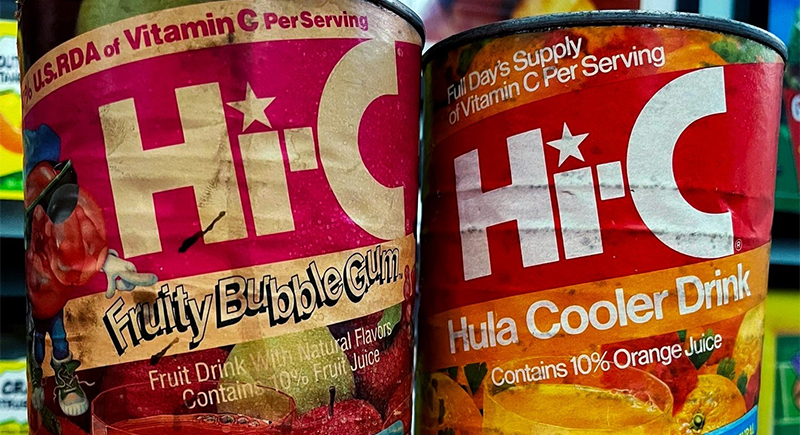
Credit: Instagram
Hi-C came in metal cans, and you had to puncture with a triangle-tipped opener. Flavors like Orange Lavaburst weren’t exactly juice, but they packed enough sugar to power recess. The can made it feel substantial.
Chiffon Margarine
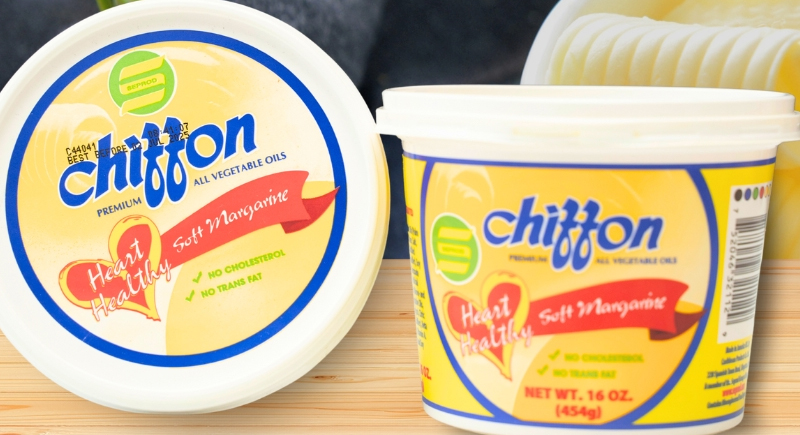
Credit: Facebook
Chiffon Margarine’s famous slogan, “It’s not nice to fool Mother Nature,” helped it ride the wave of butter substitutes in the 1970s. It was packaged in soft tubs and featured a flavor close to real butter. Boomers remember the commercials and their mock-serious warnings.
Carnation Breakfast Bars
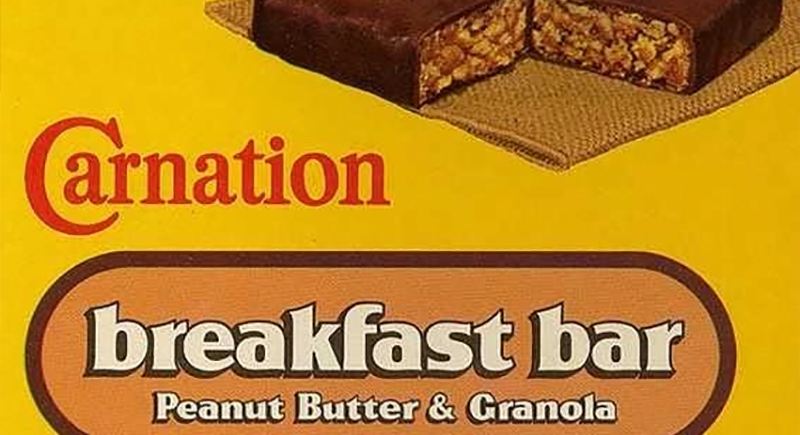
Credit: Instagram
Marketed as a “meal on the go,” Carnation Breakfast Bars were dense, chewy slabs designed to replace eggs and toast with something you could unwrap in the car. They came in flavors like Peanut Butter Chocolate Chip and somehow always crumbled in your backpack.


